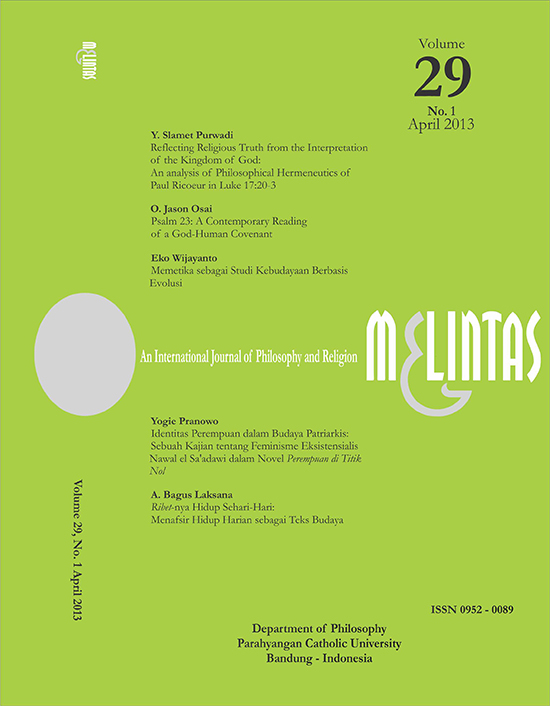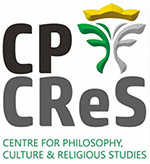‘Ribet’-nya Hidup Sehari-Hari: Menafsir Hidup Harian sebagai Teks Budaya
DOI:
https://doi.org/10.26593/mel.v29i1.267.79-98Abstract
It has been pointed out that modernity is marked by the disenchantment of the world. This means that modern human beings might no longer be easily enchanted by their natural/material and social environments. Their everyday life can thus be dull and boring. Under this condition, this paper inquires whether it is still possible to restore the richness of the everyday life as a cultural text. The author presents some major insights on the everyday from both philosophical approaches and cultural studies. These insights can shed light on the complexity, hibridity and messiness, but also the depth and richness of the everyday understood as a circulation of the affections of the humans. Everything in everyday life has some qualities of a poem, an image or a metaphor, a pleasant melody. Humanity turns to be enchanting because of its mortality, ambiguity and complexity in the everyday. The objects of the everyday do not need a special 'aesthetical appreciation' as the paintings in the museum. These objects must be seen as a place of encounter between the human affections and 'the thingly world' regarded as routine and ordinary. An aesthetic experience can be seen as a dynamism of proximetrics, that is, the intimacies with the material things we encounter in our day-to-day life.Downloads
Published
2014-07-14
Issue
Section
Articles
License
MELINTAS applies the Creative Commons Attribution (CC BY NC) license to articles and other works we publish. If you submit your paper for publication by MELINTAS, you agree to have the CC BY NC license applied to your work.


